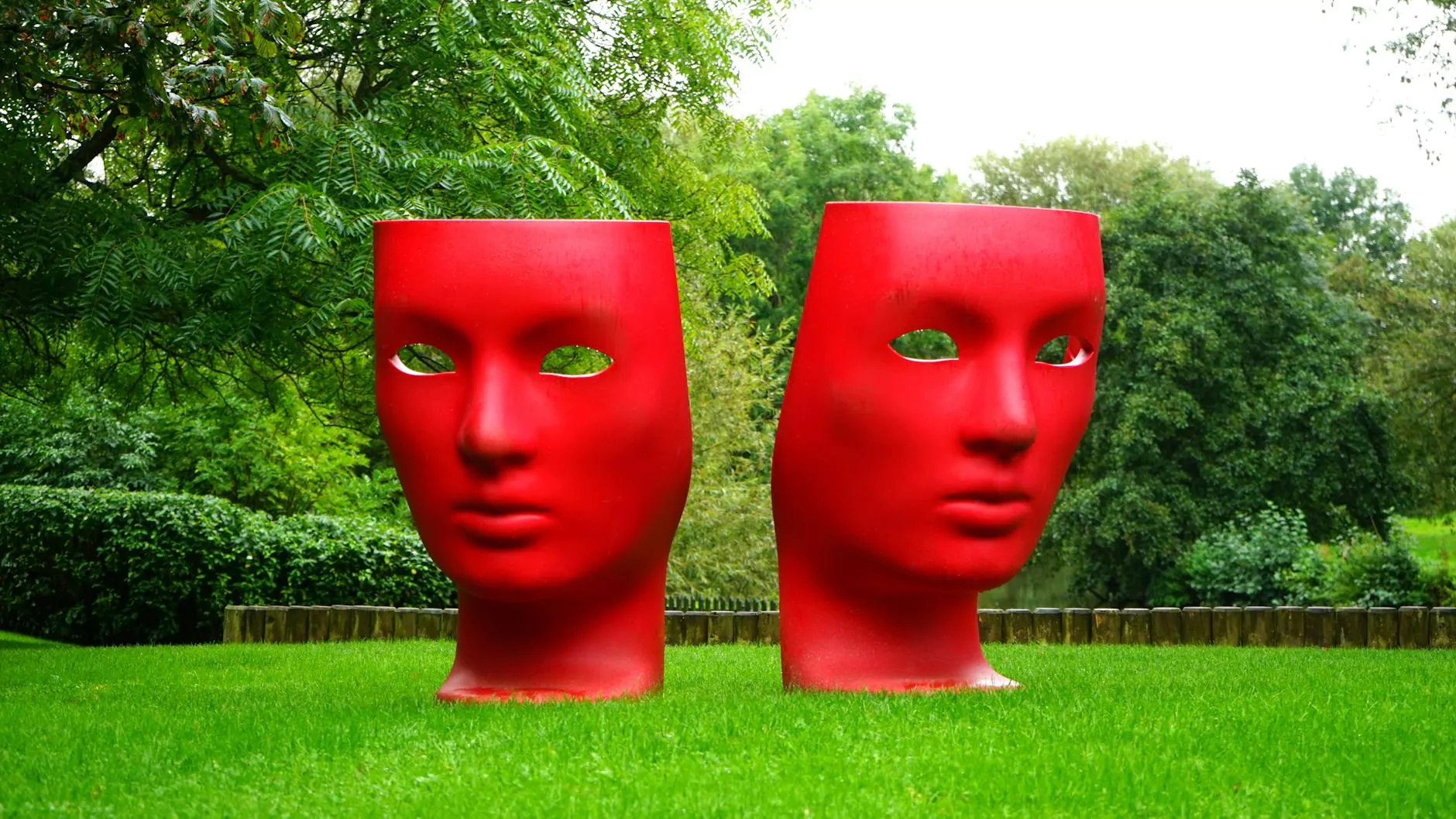The Captivating World of Light Installation Artists: An In-Depth Exploration

In today's dynamic landscape of arts and entertainment, the role of the light installation artist has carved out a unique niche that captivates audiences and transforms spaces. These innovative creators blend technology, art, and aesthetics to produce mesmerizing displays that engage, inspire, and provoke thought. This article delves into the essence of light installation art, its historical context, popular techniques, and the influential artists who shape this vibrant genre.
The Intersection of Light and Art
Light installation art transcends traditional boundaries, utilizing the medium of light itself to create immersive experiences. Unlike conventional art forms, where tangible materials dominate, light installations invite viewers to engage with transitory, ephemeral works. Here are some key aspects of light installation art:
- Ephemerality: Unlike a painting or sculpture, light installations are often temporary, challenging the permanence associated with traditional art.
- Interactivity: Many installations encourage viewer participation, breaking down the barriers often present in conventional gallery settings.
- Technological Integration: The use of cutting-edge technology, such as LED lights, projection mapping, and robotics, elevates the creative possibilities for artists.
A Brief History of Light Installation Art
The roots of light installation art can be traced back to the late 19th century when artists began experimenting with the effects of light and shadow. The advent of electric light in the 20th century revolutionized the art world, enabling artists to explore new horizons. One of the first pioneers was Laszlo Moholy-Nagy, who integrated light into his artistic explorations, emphasizing the dynamic potential of light as a medium.
As we progressed into the late 20th century, artists like Dan Flavin gained prominence with their minimalist light sculptures. Flavin’s use of fluorescent fixtures transformed how viewers perceived space and light, paving the way for future generations of light installation artists.
Contemporary Light Installation Artists
Today, the landscape of light installation art is vibrant and diverse, populated by gifted artists who push boundaries and challenge perceptions. Here are some noteworthy contemporary light installation artists:
- James Turrell: Renowned for his work with light and space, Turrell’s installations often manipulate viewers' perception and invite contemplation of light's transient nature.
- Olafur Eliasson: Known for large-scale installations that explore the interaction between light, water, and air, Eliasson creates immersive environments that evoke a sense of wonder.
- Grimanesa Amorós: Focusing on social themes and community engagement, Amorós's light installations blend technology with cultural narratives. Her work is particularly notable for incorporating elements of the local environment.
Techniques and Materials Used in Light Installations
Creating a stunning light installation involves a combination of artistic vision, technological proficiency, and material knowledge. Some common techniques and materials include:
1. LED Technology
Light-emitting diodes (LEDs) have revolutionized the field of light installation artists. Their energy efficiency, longevity, and versatility allow for creativity without compromising environmental considerations.
2. Projection Mapping
Projection mapping transforms surfaces into dynamic displays, turning everyday objects and buildings into vibrant canvases. This technique is frequently employed in large-scale installations to create an immersive experience for viewers.
3. Fibre Optics
Fibre optics enable the transmission of light through thin strands, allowing artists to create intricate designs and effects that can enchant audiences. This flexibility is a hallmark of many contemporary light installations.
By employing these techniques, light installation artists can fabricate unique experiences that resonate with viewers on multiple levels, both visually and emotionally.
The Impact of Light Installations on Public Spaces
Light installations extend beyond galleries and museums, seamlessly integrating into public spaces and urban landscapes. These installations often serve a dual purpose: beautification and social engagement. Here are several impacts that light installations have on public spaces:
- Community Engagement: Many artists collaborate with communities to create installations that reflect local culture and history, fostering a sense of pride and connection.
- Urban Revitalization: Light installations can bring life to neglected areas, attracting visitors and enhancing the value of public spaces.
- Accessibility of Art: By placing art in public spaces, light installation artists make their work accessible to broader audiences, democratizing the experience of art.
Challenges Faced by Light Installation Artists
While the world of a light installation artist is filled with creative opportunities, it comes with its own set of challenges:
- Technological Constraints: With the rapid evolution of technology, keeping up with the latest advancements can be demanding.
- Environmental Considerations: Ensuring that installations are eco-friendly and sustainable is increasingly important in today’s art world.
- Funding and Support: Securing funding for large-scale installations can be a daunting task for many artists, requiring a delicate balance of creativity and business acumen.
The Future of Light Installation Art
The future of light installation art is bright, fueled by advances in technology and a growing interest in experiential art. As the art community continues to embrace innovations such as augmented reality and interactive installations, we can expect artists to explore even more inventive avenues.
Moreover, the increased integration of environmental awareness will likely inspire light installation artists to experiment with sustainable materials and methods, further enriching the discourse surrounding art and ecology.
Conclusion
Light installation art is a fascinating intersection of creativity, technology, and public engagement. As we have explored, the role of the light installation artist encompasses not only artistic expression but also social and cultural dialogues. From the pioneering works of early innovators to the breathtaking creations of contemporary artists like Grimanesa Amorós, light installations have the power to transform our perception of space and foster connections among communities.
As we look ahead, it is clear that the realm of light installation art will continue to evolve, shaping the future of arts and entertainment in exciting ways. For anyone interested in the intersection of technology, visual art, and community engagement, following the works of light installation artists offers a unique and illuminating journey.









